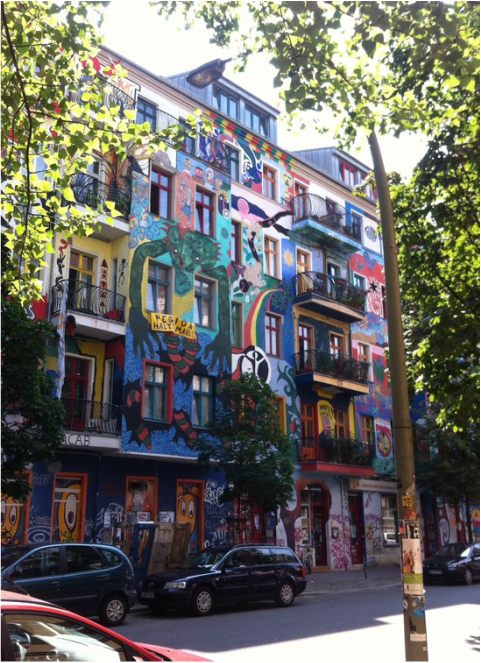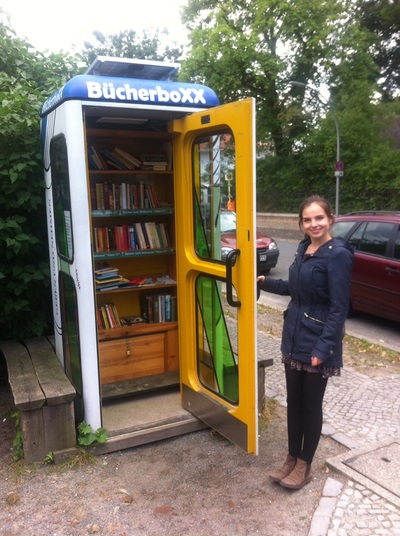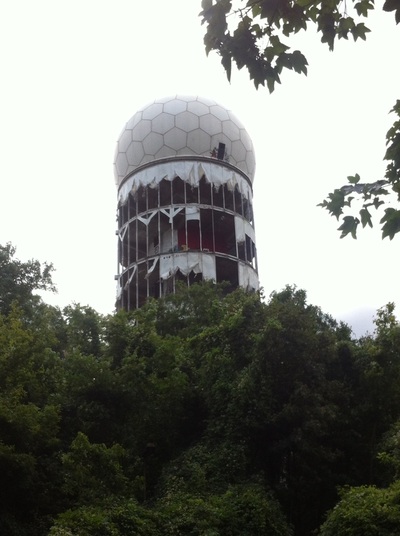|
I’ve just returned from a weekend in Berlin visiting my son. I was last there twenty years ago with Amici Dance Theatre, performing for a week in the Akademie der Kunste, a piece called Ruckblick (or flashback). Ruckblick was about the life and work of the artist, Kathe Kollwitz, whose drawings and sculptures were hated by the Nazis for their portrayal of the suffering caused by poverty and war. It was an extraordinary week – emotionally and physically exhausting, at times very sad, at other times deliriously joyful. Ruckblick was created by Wolfgang Stange, who was born at the end of the war and brought up in West Berlin. His many works bear the stamp of someone haunted by Germany’s recent history, and trying to reconcile the weight of guilt. When Germany was divided by the wall, half of his family were living in the east, so, along with so many others, they were separated. He never thought that would change during his lifetime. It was five years after the wall had come down when we took Ruckblick to Berlin. Everything was still very raw. When we weren’t in the theatre rehearsing or performing, we were touring around a city that looked like a building site, or visiting buildings where hideous events had taken place – Wannsee, where the Nazis planned the fate of the Jews, and Plotzensee Memorial for the resistance workers who were hanged by the Nazis. I remember the bitter wind of April, and an aching sadness. That said, there were brilliant moments too – the camaraderie of the company, the great welcome we received from our hosts, roses falling from the fly-tower of the theatre after our last performance, and the late night walks back home, singing and dancing along the streets, past the river and parks. One evening a few of us were taken into East Berlin to visit an arts centre in an old school. It was the bleakest place, broken down, grey, cold, the wind and rain whipping around the corners of the blocks. We shivered as we were taken around, marvelling at the courage and resourcefulness of the artists who were trying to build a new world out of the rubble. Later, we huddled over hot chocolate in a little corner café. My son now lives in the east, in an area called Friedrichschain. The trams are bright yellow instead of grey, the streets are lined with trees, the buildings painted in many colours, as well as covered in graffiti. There are little shops, markets, and cafés everywhere – so much life and colour and vibrancy. We walked by the river alongside the remains of the wall – how can it have been such a flimsy construct – barely six inches thickness? We sat on the riverbank, in the sunlight, drinking beer, and I marvelled that this was the same city I visited twenty years ago. How successfully the ghosts are scribbled out. Or are they? |
AuthorTricia Durdey dances, writes, and teaches Pilates. Archives
October 2017
|





 RSS Feed
RSS Feed